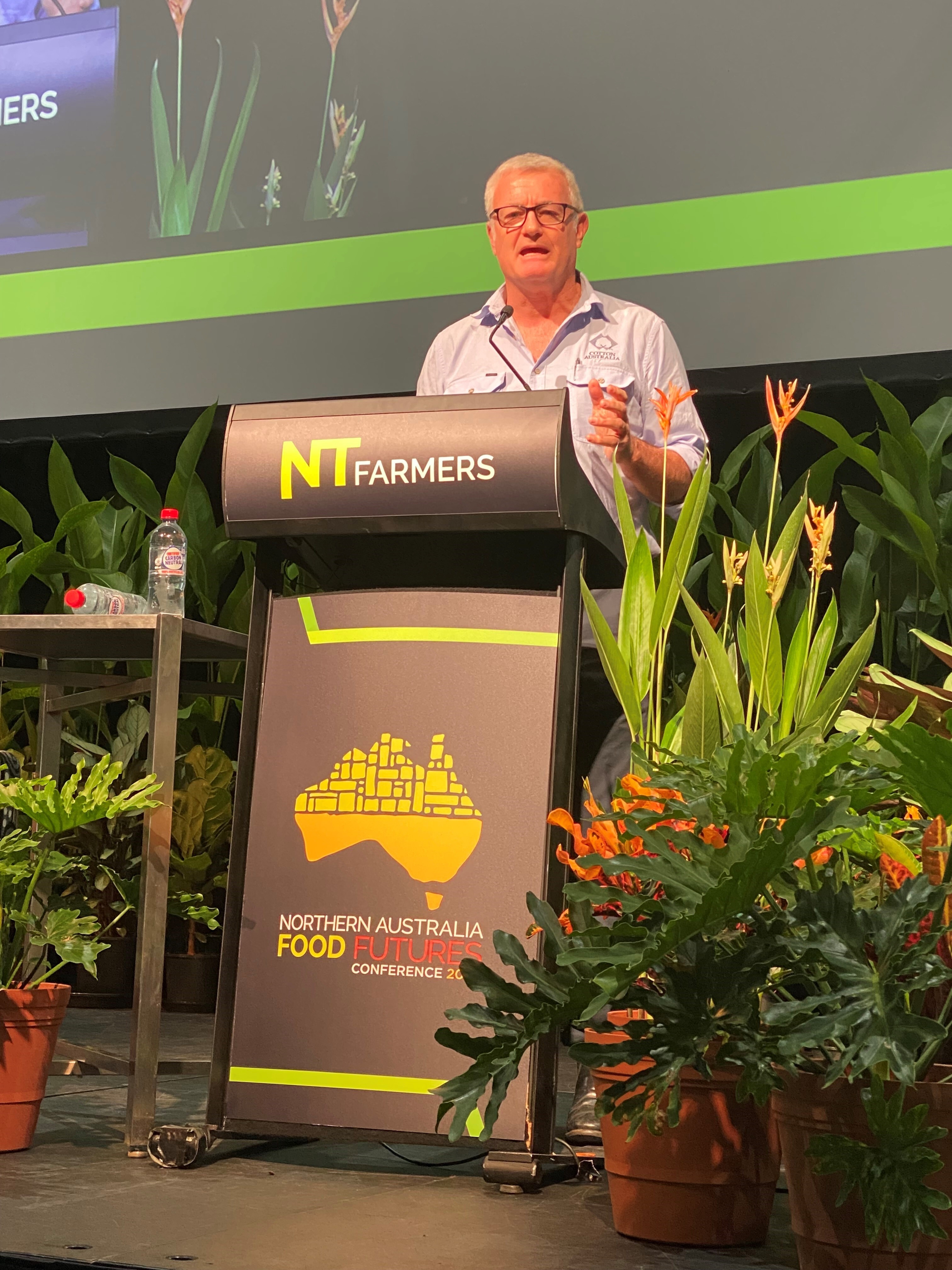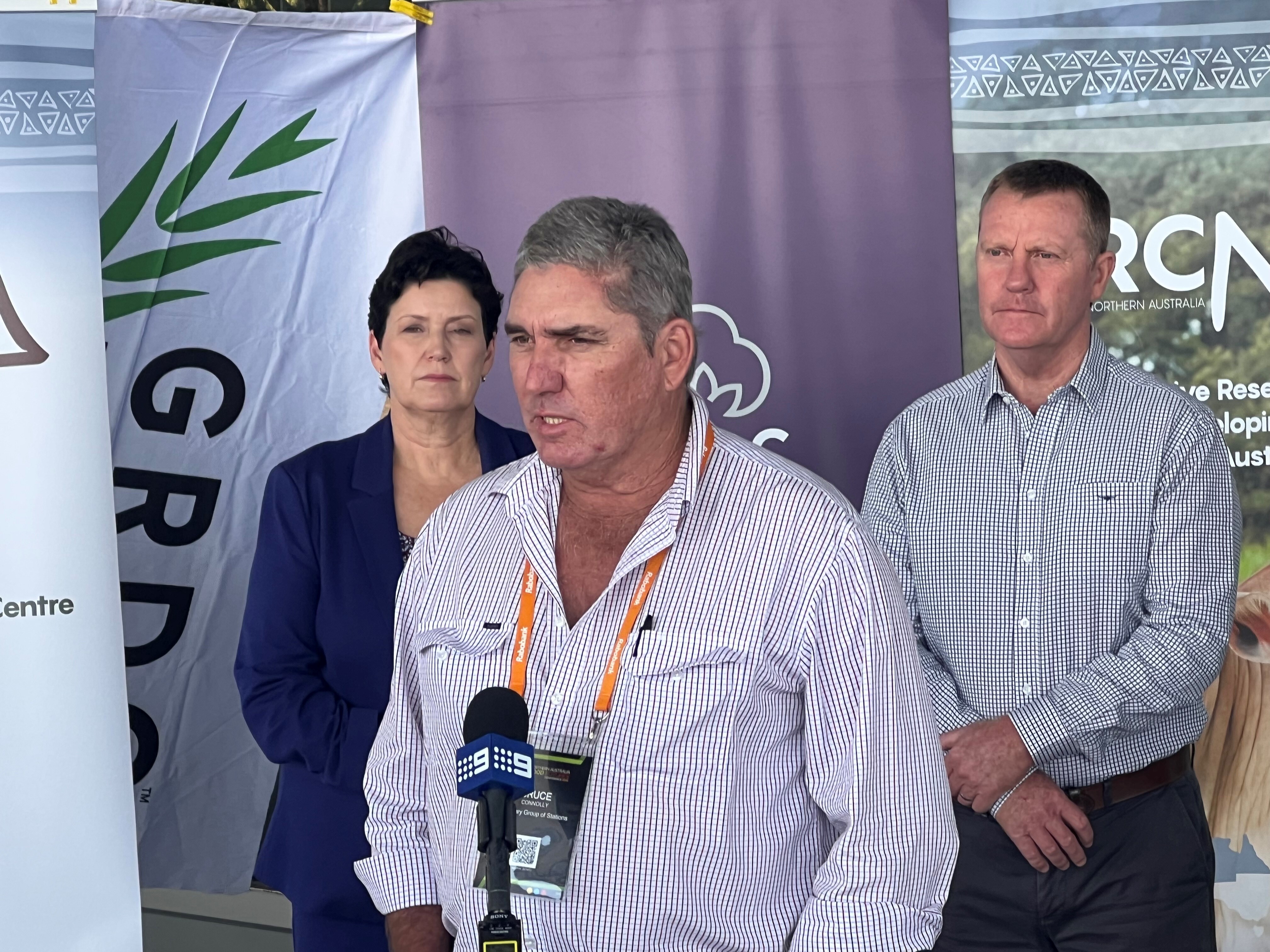Cotton Australia CEO Adam Kay has attended a pivotal event in the Northern Territory which provided another valuable focus on cotton along with several key announcements aimed at growing agriculture to a $2 billion industry by 2030.
Mr Kay addressed the 500 people at three-day Northern Australia Food Futures Conference on water efficiency while meeting with growers and other stakeholders including government ministers and industry leaders.

The NT Government used the opportunity to launch their Agribusiness strategy which aims to achieve a $2 billion sector by 2030 including 100,000 hectares of broadacre cropping, including cotton, in the NT.
In supporting those targets the NT Government highlighted the need for adding value-chain facilities including cotton gins and forecast changing the permitted use of existing pastoral land tenure to include cropping and horticultural activities while reducing timeframes for obtaining land clearing and water licensing approvals.
Cotton Australia welcomed the strategy and pledged to work closely with the government and all stakeholders in achieving appropriate agribusiness development in a sustainable manner.
The Environment Centre NT attacked the announcement including a suggestion the strategy would ‘fuel more destructive land clearing.’ Jo Townsend the Chief Executive Officer of the NT Department of Environment, Parks and Water said at the conference that “there is no substance to any of the claims made” by the NT Environment Centre.
The event also provided the platform for the launch of the ‘Cotton, Grains and Cattle’ (CGC) Program which aims to maximise the productivity of cropping and beef production farming systems in the Kununurra (Ord) Region of Western Australia and in the Katherine and Douglas Daly regions of the Northern Territory, and in developing crop production areas of north Queensland (Gilbert River system).

The intention of the program is to support the further development of integrated CGC farming systems, through Research, Development and Extension projects including optimising agronomy and enabling cropping diversity, crop protection and biosecurity.
For more details Homepage | CRCNA
